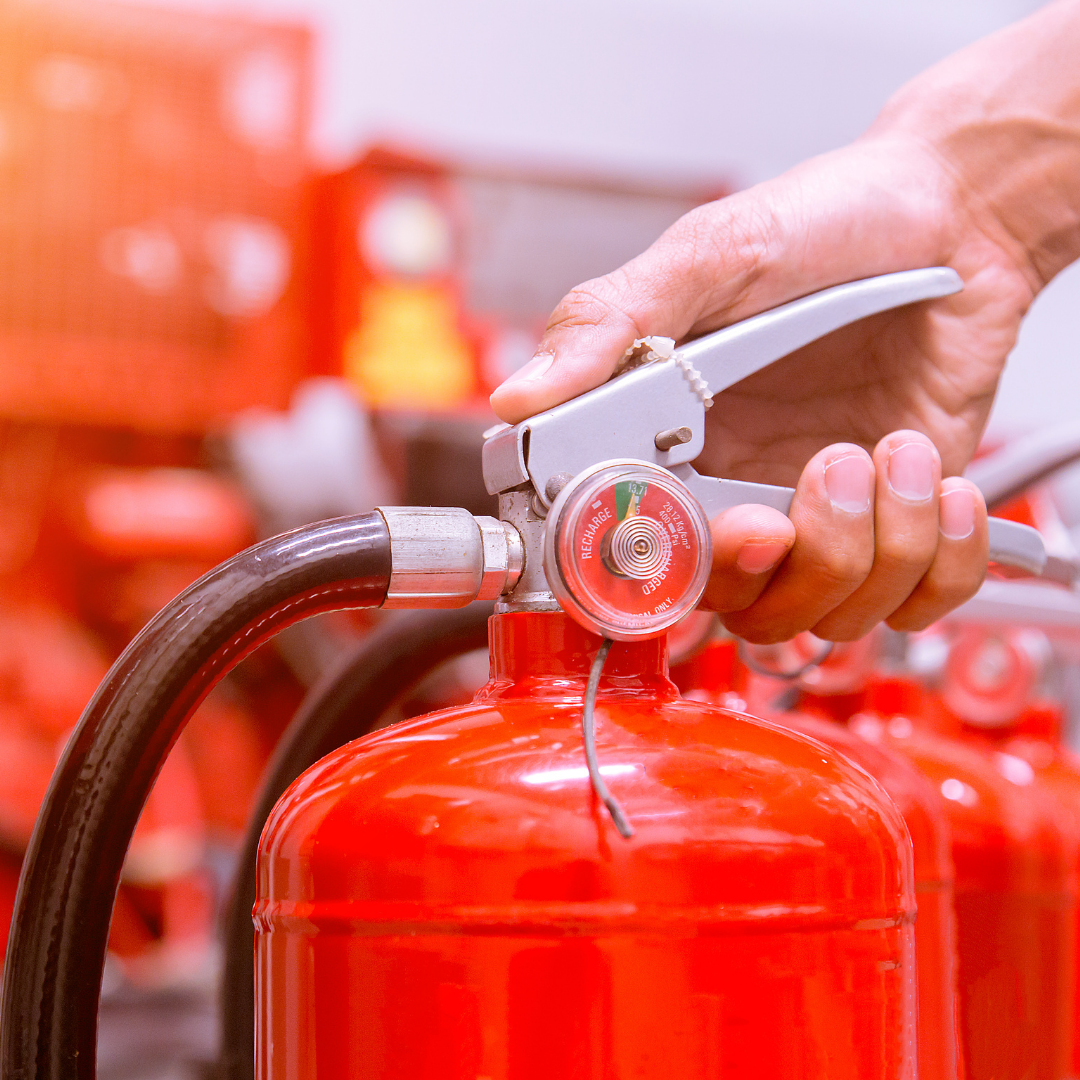Time and again Cladding has been at the center of most fire safety related discussions. It was again in the media spotlight after the loss of over 70 precious lives due to a devastating fire at Grenfell Tower in London two years ago. As professionals associated with the management of communities, we are asked the same question by residents after every fire incident, “is the building we live in safe”? Is the Cladding used in my building fireproof?
It is not easy to answer these questions directly without explaining how buildings resist fire and are protected from the consequences of fire. There have been a number of high rise fires in the UAE and no lives were lost, or reports of serious injury. There was one tower fire in the UK and the death toll was staggering. Why the difference? Could it be down to the fire defense and life preservation systems which are incorporated into all high rise buildings in Dubai? To the professionals, the obvious conclusion would be, yes. In the London tower fire, there were almost no fire defense or life preservation systems. While the media was focused on combustible cladding, only the experts were talking about the lack fire defense and life preservation systems.
Before we talk about fire defense and life preservation systems, some myths need to be dispelled:
- There is no such thing as a fireproof cladding. Cladding systems have fire ratings which are based on their resistance to the spread of fire.
- A building constructed without using aluminium panels is not necessarily a safer building to live in.
- A building constructed to one country’s respected codes, is not necessarily safer than a building constructed to other international standards.
Any fire in a building presents a serious risk. However, in the cases in Dubai we need to consider how these risks were managed primarily to reduce loss of life over preservation of the fabric of the building. As managers of multi occupancy properties in Dubai, we are all fully aware that the following systems are installed in every high rise building and maintained through contracts with specialist fire systems companies:
- Comprehensive fire alarm with smoke detectors, heat detectors and manual push detectors located in every zone of the building. The fire alarm has both siren and voice notifications, 24/7 Civil Defense monitoring and notification systems which alerts the fire service without the need for human intervention.
- Pressurised automatic sprinkler systems which act instantaneously as soon as excessive heat is detected. This system alone has three levels of safety with 2 electric pumps, main and secondary, and a reserve diesel powered pump in case the electricity supply fails or additional water delivery is required.
- Automatic closing fire doors in all fire exits and main apartment doors.
- Comprehensive smoke management systems which pressurize escape routes and stairwells to maintain smoke free exit routes. Smoke exhaust systems and fire dampers in the vent ducts on every floor which seal the affected compartments and prevent smoke from spreading inside the building.
- Fresh air shut down systems which automatically shut down the main fresh air handling units and starve the fire of air supply. Air supply is maintained only in the escape routes via the pressurization fans.
- FM200 gaseous and foam based fire defense systems used where water can not be used to fight special case fires.
- Fire hose cabinets connected to pre-charged wet risers normally within 30 metres of all residencies. Fire extinguishers in all fire hose cabinets in case none are available in the apartment.
- Backup generators and Central Battery Systems which continue to supply power to the emergency systems even when the building suffers total power loss from the grid.
When we consider the extent of the life preservation systems incorporated in Dubai towers, it is reasonable to conclude that the above systems are the main reasons why there has been no loss of life in any of the high rise tower fires in Dubai. The primary objective of these systems is the preservation of life as opposed to the preservation of the building. Aluminium composite panel cladding used in areas of the facade, or full facade, does not necessarily mean that these are dangerous buildings. In fact we have to consider that the opposite is the case, when we evaluate how the risks associated with a building fire have been managed to the point that the loss of life has been eliminated in all of the Dubai high rise fire cases and thousands of lives have been effectively saved.
Hence, residents can be assured that living in a tower in Dubai, that has properly maintained fire systems, is a building where the risks have been properly assessed and managed to ensure the residents are safe.








